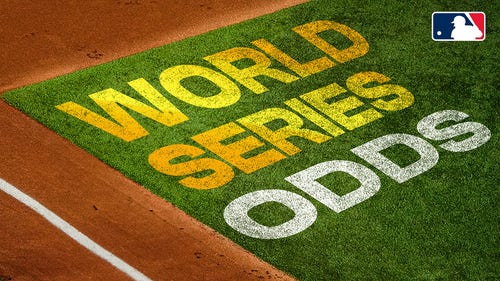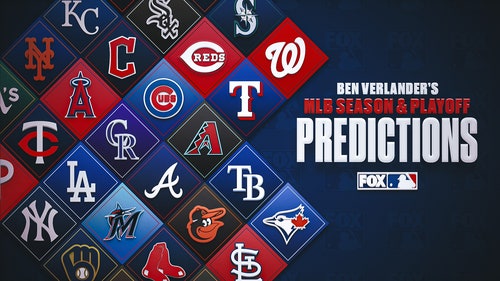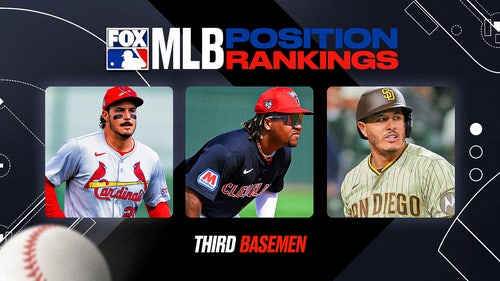
Red Sox: Looking back at Adrian Gonzalez trade with San Diego Padres
Rumors that Casey Kelly may join fellow former Red Sox prospect Anthony Rizzo in Chicago brings back memories of when both were traded for Adrian Gonzalez.
Remember Casey Kelly? The right-hander selected with the 30th overall pick in the 2008 draft by the Boston Red Sox was once considered the best pitcher in their farm system, ranking as high as No. 24 on Baseball America’s top prospect list by 2010.
Unfortunately, Kelly never reached those lofty expectations, joining a long list of top baseball prospects that never panned out. He’s 2-8 with a brutal 6.39 ERA over 19 big league appearances (9 starts) with the San Diego Padres and Atlanta Braves.
Following a brief debut in 2012, Kelly found himself out of the majors for over two years, missing much of that time while recovering from Tommy John surgery in 2013.
As Kelly seeks to salvage his once promising career, a report has surfaced from Tommy Stokke of FanRag Sports that the Chicago Cubs may be interested in the former prized pitching prospect.
As #Cubs search for pitching depth, they’re among teams to show interest in former #RedSox 1st rounder Casey Kelly.
— Tommy Stokke (@StokkeTommy) January 18, 2017
It’s easy to forget, but Kelly was actually considered the headliner in that deal with the Padres. Rizzo, a sixth-round pick in 2007, was seen as a great defensive first baseman with plus power and the potential to hit for average, but he wasn’t the elite prospect that Kelly was at the time. While Kelly’s career floundered, Rizzo would flourish into a superstar after being dealt to the Cubs in 2012.
Rumors of Kelly possibly joining Rizzo in the Cubs organization leads us to reflect on the trade that shipped both to San Diego. It’s a classic “What If” scenario, with fans unable to resist debating whether the deal was worthwhile for Boston or if it was a mistake in retrospect. In this case, it may have been both.
Gonzalez’ stellar first season with the Red Sox in 2011 was viewed by some as a mild disappointment. A slugger that once blasted 40 home runs for a Padres team that called home to the most pitcher-friendly park in baseball was expected to mash 50+ at Fenway, but the 27 homers he tallied that season would be his lowest total since 2006. Aside from failing to meet unreasonable power projections, Gonzalez was outstanding that season, hitting .338 with a .957 OPS and leading the league in hits. He was an All-Star, a Gold Glove and Silver Slugger recipient and finished seventh on the MVP ballot.
There was nothing disappointing about Gonzalez’ production, yet expectations were sky-high due to what the Red Sox gave up to get him. As it turns out, we shouldn’t have been so worried about surrendering Kelly in the deal. Outfielder Reymond Fuentes, the throw-in prospect used to fill out the package, has barely made a dent in the majors. Where the Red Sox will be judged in their decision to trade for Gonzalez is the inclusion of Rizzo in the deal.
Rizzo is a three-time All-Star who has finished fourth in NL MVP voting in each of the past two years. In 2016 he set career highs by hitting .292 with a .928 OPS, 32 home runs and 109 RBI. Those numbers are strikingly similar to what Gonzalez delivered in Boston, only the younger Rizzo has more untapped potential and would still remain under team control at a bargain rate.
More from BoSox Injection
In addition to missing out on watching Rizzo develop into a star, trading for Gonzalez also cost the Red Sox the opportunity to retain Adrian Beltre. Following a few subpar seasons in Seattle, Beltre signed a one-year “prove it” deal with Boston in 2010. The plan worked for the veteran third baseman, as he turned a .321 average, .919 OPS and 28 homers into a lucrative long-term deal with the Texas Rangers.
Boston essentially found themselves forced to choose between Gonzalez and Beltre. They weren’t willing to pay both, especially with Kevin Youkilis capable of playing either corner infield spot. They picked Gonzalez, lavishing him with a seven-year, $154 million extension early in the 2011 season.
Beltre went on to find further success in Texas, compiling 37.8 WAR over the past six seasons. Every All-Star selection, Gold Glove and Silver Slugger that he’s piled up since has left Red Sox fans wondering why the team ever let him go. The revolving door the Red Sox have had at the hot corner in recent years hasn’t helped suppress those regrets.
Gonzalez was similarly productive during his short stay in Boston, but the team failed to meet expectations. An epic September collapse ruined a promising 2011 campaign, leading to a train-wreck of a season the following year. The front office hit the panic button, sending Gonzalez to the Los Angeles Dodgers in an August waiver deal.
To sum it up, the Red Sox gave up a future superstar in Rizzo and the opportunity to keep a highly productive third baseman in Beltre for essentially a year and half of Gonzalez. It would have been far worse had either Kelly or Fuentes turned into valuable contributors to a major league team.
Boston didn’t keep Gonzalez long enough to get nearly enough value out of him compared to what it cost them. On the flip side, using him as the centerpiece of the deal with the Dodgers allowed them to hit the reset button by clearing a quarter of a billion dollars from their future payroll. Including Gonzalez in the trade was the price for dumping the albatross contracts of Carl Crawford and a disgruntled Josh Beckett.
While the Red Sox didn’t receive much value in terms of prospects in return, clearly payroll and roster spots enabled them to make key additions the following year. Adding Mike Napoli, Koji Uehara and Jonny Gomes improved the product on the field, but more importantly it solved the clubhouse chemistry issues that had become toxic under the reign of Bobby Valentine.
In a round-about way, trading for Gonzalez was the key to the Red Sox winning a World Series title in 2013. Without him, Boston never entices Los Angeles into taking on their bad contracts, allowing them to reshape the roster into a contender. Flags fly forever, so if all of this was necessary in order to deliver another championship to Boston then you can make the argument that it was worth it.
It’s hard not to wonder what the Red Sox would look like today if they had Rizzo and Beltre in the lineup. Perhaps they wouldn’t have overpaid Hanley Ramirez, while the horrendous Pablo Sandoval deal certainly never happens. From that perspective, they would certainly appear to be in much better shape heading into 2017 and beyond, but there’s no guarantee of it leading to a championship.
Would you give up the 2013 title for the possibility of winning multiple World Series with Rizzo and Beltre? I for one would not, particularly given what that championship season meant to the city behind the Boston Strong rallying cry.
If Kelly makes a remarkable comeback to help the Cubs win several more titles beside Rizzo, then perhaps you’ll be able to convince me otherwise.










































































































































